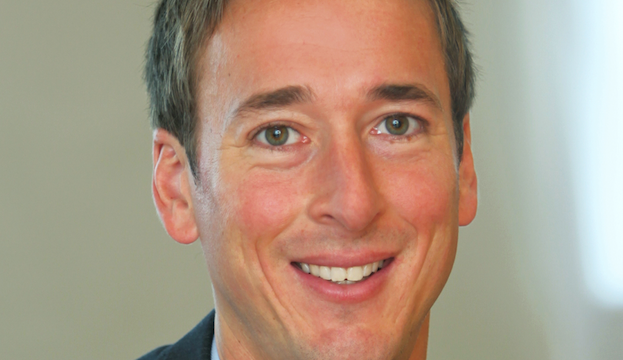Pierre Chartres, M&G Investments
“If you take US high yield and compare it to other parts of the credit market, we find it a bit expensive,” Chartres told FSA on a recent visit to Hong Kong.
He believes valuations for US high yield have increased because of 2018 performance.
Year-to-date ending July, US high yield was the only fixed income asset class that delivered positive returns, according to a Standard Chartered report.

Source: Standard Chartered
Other fund managers, such as Capital Group and T Rowe Price, have highlighted the performance of high yield bonds and those with low duration, making them less exposed to interest rate risk.
M&G’s Chartres acknowledged that high yield is still attractive as it delivers yields of 4%-5%. “You can still probably still generate positive returns in this environment especially if default rates remain relatively low.”
Gains from spreads
However, from a capital gains perspective, he believes that there is more opportunity in investment grade bonds.
Spreads of US high yield bonds would need to narrow by 50 basis points in order to make a 4% capital gain, he said. With US investment grade bonds, spreads would have to narrow by only 20 basis points for the same gain.
“A small narrowing of the spread in investment grade bonds can generate significant capital gain. And given where valuations are today, we think that is less likely for high yield bonds,” he said.
Given that the firm has a preference for investment grade over high yield, Chartres said that it has sold off much high yield exposure in its global flexible bond strategy.
That has made the strategy’s yield fall. “So our clients think, ‘because the yield of the strategy has gone down, does that mean your expected return has fallen as well?’ That is not necessarily the case, because we think that if spreads contract in investment grade, we can generate interesting returns,” he said.
One of the firm’s flexible fixed income strategies, the M&G Optimal Income Fund, which is managed by Richard Woolnough, has nearly 60% of assets in global investment grade corporate bonds, according to the fund factsheet. High yield bonds only account for 12% of the fund’s assets.
In other parts of fixed income, M&G continues to be cautious with government bonds globally amid increasing interest rates in all parts of the world.
“You probably don’t want to have too much duration in your portfolio, or you don’t want to be invested too heavily in government bonds.”
The firm’s flexible bond strategy has a duration of 2.5 years versus its “neutral duration” of 5-6 years, according to Chartres.
Within government bonds, Chartres prefers US treasuries to European sovereigns.
“The US is a lot further down the monetary policy tightening cycle, whereas the Bank of England just started last year and the European Central Bank hasn’t really started its monetary policy tightening cycle. Bund yields are still extremely low so we are actually cautious on European government bonds.”
In terms of asset allocation, government bonds only take up 26.2% of the fund’s portfolio.
The performance of the M&G Optimal Income Fund versus the global fixed income, global high yield and global corporate bond sectors in Singapore


















